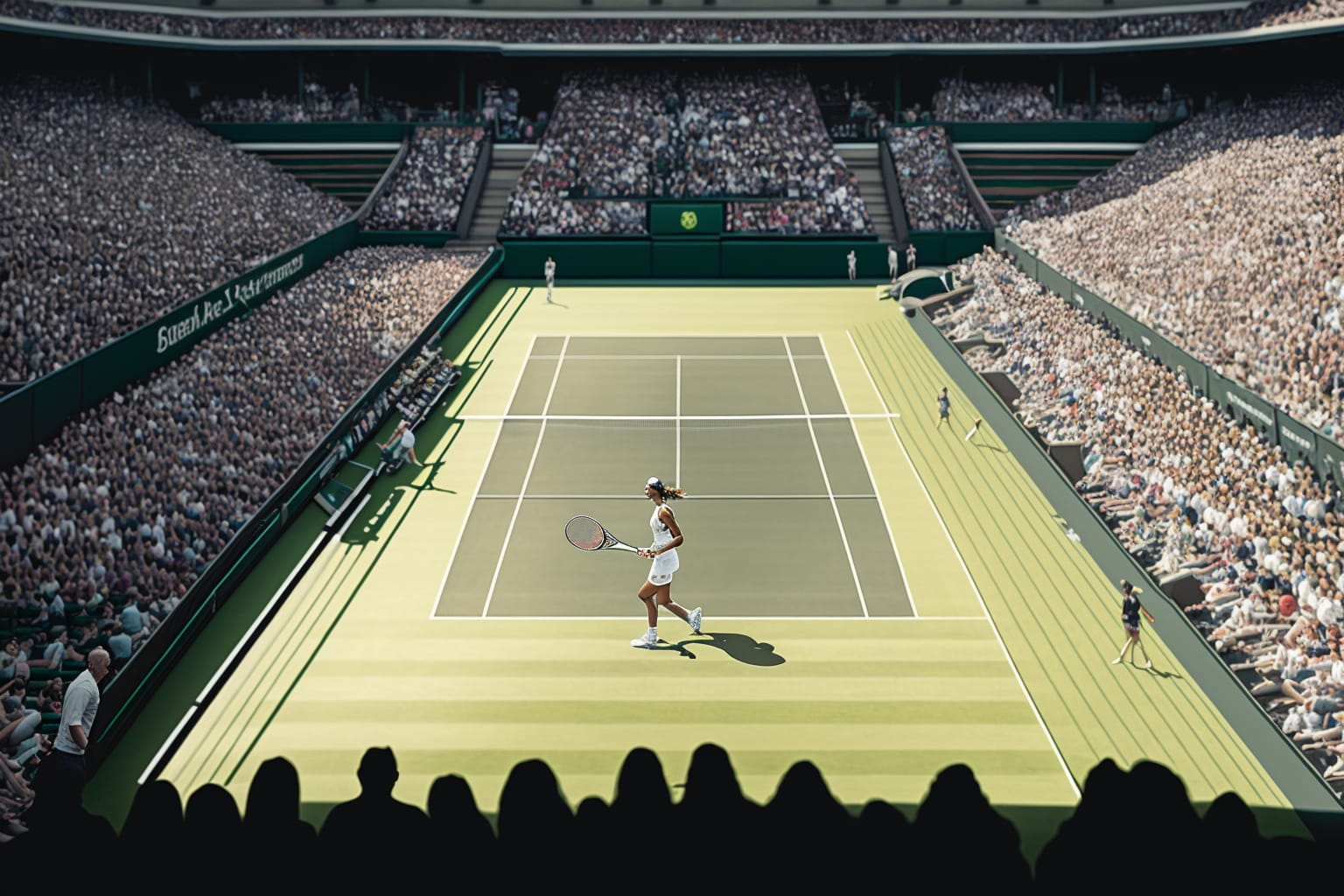Layout Design: Layout design refers to the arrangement of visual elements on a page or screen, ensuring a visually appealing and coherent composition. By testing this skill, recruiters can assess a candidate's ability to create balanced, organized, and aesthetically pleasing designs.
Visual Hierarchy: Visual hierarchy is the arrangement and prioritization of design elements to guide user attention and create a clear hierarchy of information. Evaluating this skill helps recruiters determine a candidate's ability to highlight key elements, enhance user experience, and communicate information effectively.
User Interface Design: User Interface (UI) design focuses on the creation of intuitive and visually appealing interfaces that enable users to interact with digital products. Assessing this skill allows recruiters to gauge a candidate's proficiency in designing user-friendly interfaces that prioritize functionality and enhance overall user experience.
UI/UX: UI/UX (User Interface/User Experience) involves the design and optimization of digital products to ensure a seamless and satisfying user experience. By including this skill in the assessment, recruiters can measure a candidate's ability to conceptualize and create engaging interfaces that align with user expectations and needs.
Web Design: Web design encompasses the creation of visually appealing and functional websites, focusing on layout, typography, and overall aesthetics. Measuring this skill enables recruiters to assess a candidate's expertise in producing visually engaging and user-friendly web designs that align with current design trends and best practices.
Responsive Design: Responsive design refers to the adaptation and optimization of digital products for different devices and screen sizes. Evaluating this skill allows recruiters to ascertain a candidate's proficiency in designing and implementing designs that provide a consistent and optimized user experience across various platforms.
Logical Reasoning: Logical reasoning entails the ability to think critically, analyze problems, and arrive at logical solutions. Including this skill in the assessment enables recruiters to evaluate a candidate's ability to approach design challenges systematically, derive logical conclusions, and make informed design decisions.
Critical Thinking: Critical thinking involves the skill of objectively analyzing a problem or situation, considering different perspectives, and formulating well-reasoned judgments. Assessing this skill assists recruiters in determining a candidate's ability to approach design tasks thoughtfully, identify potential issues, and offer innovative solutions.

























































